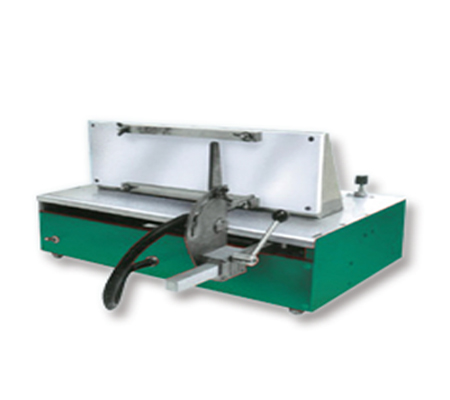
NewsInformation Center
European Union protective clothing flame retardant test standard Analysis
2022/01/17
Flame retardant protective clothing refers to protective clothing that can prevent itself from being ignited, flaming and smoldering within a certain period of time after contact with flames and hot objects. Flame retardant protective clothing is an important personal protective equipment, which has been widely used in petroleum, chemical industry, metallurgy, shipbuilding, fire protection, national defense and places with open flames, sparks, molten metals and flammable substances. It will continue to rise in the next 10 years.
As the flame retardant protective clothing market continues to expand, corresponding technical regulations are required to evaluate its flame retardant performance. Today we briefly introduce the three most commonly used EU protective clothing test standards.
EN ISO11611 Protective clothing for welding and similar processes
This standard mainly makes specific requirements for the design, material, safety, size marking and marking of protective clothing for welding and similar processes, replacing the original standard EN 470-1. The relevant flame retardant tests are performed in accordance with the ISO 15025:2000 standard, which includes two test methods for surface burning and bottom burning. Depending on the type of material, one or both of these methods can be selected for testing.

For surface burn testing, the material must meet the following requirements:
(1) After any test sample is ignited, it cannot spread to the edge of the fabric or the upper end of the fabric.
(2) No hole should be formed after any test sample is ignited.
(3) After any test sample is ignited, there should be no burning droplets or melts falling.
(4) The average afterburning time must be less than or equal to 2s.
(5) The average smoldering time must be less than or equal to 2s.
For the bottom burn test, the material must meet all the requirements above except those specified in (2). EN ISO 11611 is divided into Class 1 and Class 2 for flame retardant safety levels. The technical indicators of the two levels are the same, and the materials must meet the above requirements for surface and bottom burning.
EN ISO 11612 Protective clothing for workers operating in high temperature environments
This standard is mainly aimed at the overall performance, structural design, dimensional stability, flame spread, heat resistance and molten metal properties, size markings and marks of protective clothing (except fire protection and welding protective clothing) for operators in high temperature environments. The original standard EN531. The flame retardant test method is carried out in accordance with the ISO 15025 standard. For the flame retardant performance requirements, please refer to the EN ISO 11611 requirements for flame retardant performance, but the EN ISO 11612 standard does not divide the safety level.
It can be seen from the above three EU protective clothing standards that the flame retardant test methods all refer to the ISO 15025 standard. Among them, EN ISO 11611 and EN ISO 11612 can choose one or both of surface burning and bottom burning according to the type of protective fabric. Both standards specify the same flame retardant requirements, but EN ISO 11611 classifies protection into Class1 and Class2, while EN ISO 11612 has no class. EN ISO 14116 uses the surface combustion method. For flame retardant requirements, EN ISO 14116 is divided into three categories: Index 1, Index ?2 and Index 3, and the flame retardant requirements for materials are becoming more and more strict. In addition to the specified combustion methods and requirements for direct contact with flames, the EU standard system also puts forward control requirements for protective clothing in terms of human body's tolerance to heat, thermal shrinkage performance, heat conduction performance, radiation protection performance, and contact heat protection performance. , the evaluation scope is more comprehensive.
Previous: Anti-corrosion coating weather resistance artificial aging test
N e x t : Volatile Substance Detection Scheme in Car Carpet



